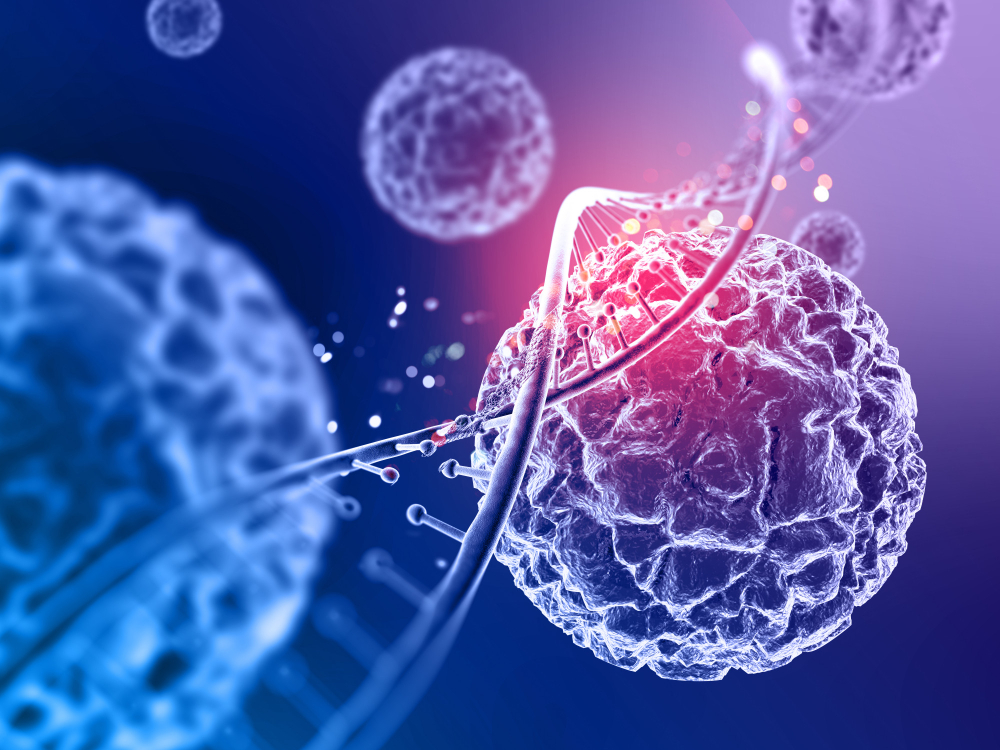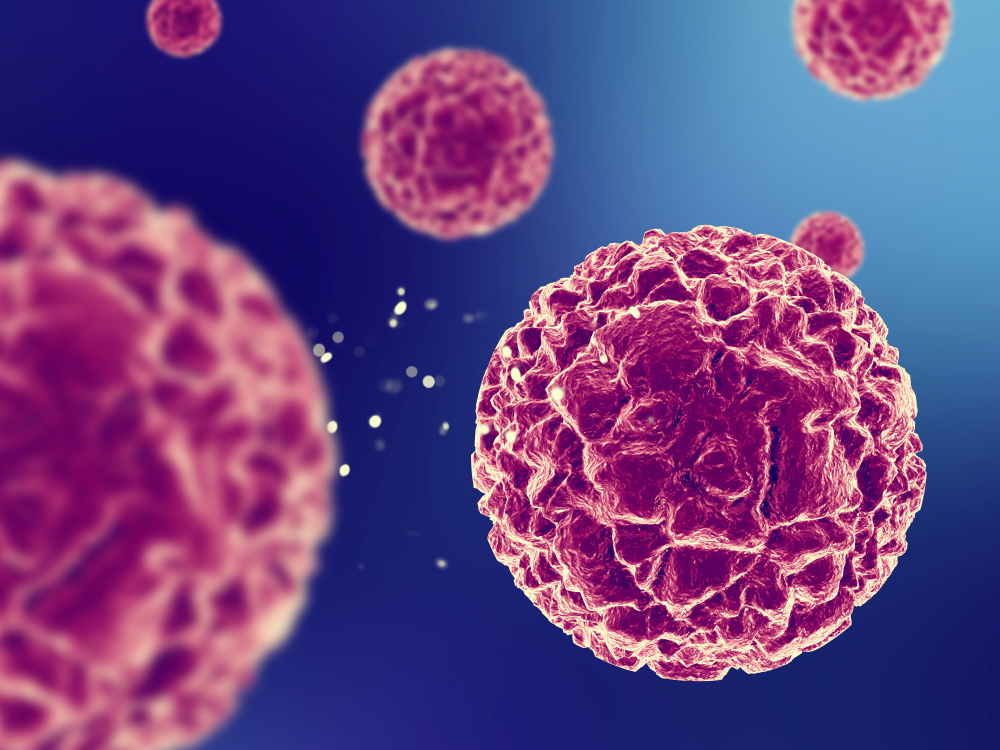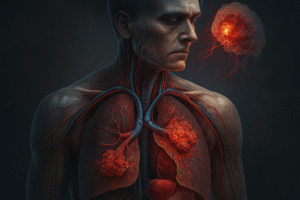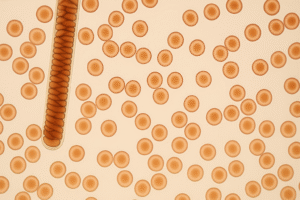Carcinoma: What You Need to Know About This Common Cancer
Overview
Carcinoma represents the most prevalent form of cancer, accounting for an astounding 80-90% of all cancer diagnoses worldwide. Far more than just a medical term, carcinoma represents a complex journey of cellular transformation that can profoundly impact lives.
Every cancer story is unique, but understanding carcinoma can provide clarity, hope, and empowerment for patients and their loved ones. From breast cancer to prostate cancer, this type of cancer touches countless lives, making it crucial to comprehend its intricacies.
https://www.youtube.com/watch?v=XHOmBV4js_E
What Exactly Is Carcinoma?
At its core, carcinoma is a cancer that originates in epithelial tissue – the protective layer that lines most of your body’s organs, internal passageways, and skin. These specialized cells form a critical barrier, protecting internal structures and facilitating essential functions.
When normal epithelial tissue cells undergo genetic mutations, they can transform into carcinoma cells. Unlike other cancer types like Leukemia or Lymphoma that start in different tissue types, carcinoma specifically emerges from these surface and lining tissues.
Major Types of Carcinoma
-
Adenocarcinoma
This type begins in glandular epithelial cells responsible for secreting fluids. It’s commonly found in:
- Breast cancer
- Prostate cancer
- Colorectal cancer
- Pancreatic cancer
Renal cell carcinoma and Hepatocellular carcinoma are specific examples of adenocarcinoma affecting kidney and liver tissues respectively.
-
Basal Cell Carcinoma (BCC)
Starting in the bottom layer of skin’s epithelial cells, BCC is the most common skin cancer. While typically slow-growing, early detection remains crucial.
-
Squamous Cell Carcinoma (SCC)
Developing in the top layer of skin and mucous membranes, SCC tends to spread more quickly than BCC. It often appears in sun-exposed areas like face, ears, and neck.
-
Ductal Carcinomas
- Ductal carcinoma in situ (DCIS): Non-invasive breast cancer confined to milk ducts
Invasive ductal carcinoma: Has spread beyond the milk ducts

Risk Factors and Prevention
Demographics
- Age: Risk increases after 65
- Sex: Varies by cancer type
- HPV infections
- Advanced maternal age
- Menopause status
Lifestyle Prevention Strategies
- Avoid tobacco
- Maintain healthy weight
- Limit alcohol consumption
- Use sunscreen
Regular screenings like mammogram and colonoscopy
Diagnostic Approaches
Screening Methods
- Physical Examinations
- Blood Tests
- Imaging Techniques
-
- Mammogram
- Colonoscopy
- CT Scans
- MRI
Biopsy: The Definitive Diagnosis
The only way to conclusively diagnose carcinoma, biopsy involves examining tissue samples for cancer cells.
Treatment Options
Modern medicine offers multiple carcinoma treatment strategies:
- Chemotherapy
Drugs designed to kill or prevent cancer cell multiplication, often used alongside Chemotherapy other treatments.
- Radiation Therapy
Targeted energy beams to destroy cancer cells, frequently combined with surgery.
- Targeted Therapy
Specialized drugs targeting specific genetic changes in cancer cells.
- Immunotherapy
Enhances the body’s immune system to recognize and eliminate cancer cells.
- Hormone Therapy
Particularly effective for hormone-sensitive cancers like breast and prostate cancer. By reducing estrogen or androgen levels, it can slow cancer growth.

Staging and Prognosis
Carcinoma stages range from 0 (in-situ) to 4 (metastatic), with early detection significantly improving outcomes. For instance, Basal cell carcinoma boasts a 100% five-year survival rate when caught early.
Some cancers like Merkel cell carcinoma are more aggressive, underscoring the importance of understanding your specific diagnosis.
Living with Carcinoma
Diagnosis doesn’t mean the end of hope. Modern treatments offer:
- Curative approaches
- Palliative care
- Symptom management
- Comprehensive support systems
When to Seek Medical Advice
Consult healthcare professionals if you experience:
- Unexplained skin changes
- Persistent lumps
- Unusual bleeding
- Significant weight loss
Changes in lymphatic system function
Conclusion
Carcinoma represents a complex but increasingly manageable cancer type. Through advanced medical technologies, early detection, and comprehensive treatment approaches, many patients achieve remission and improved quality of life.
Knowledge is your most powerful ally. Stay informed, prioritize regular screenings, maintain a healthy lifestyle, and work closely with your healthcare team.
Every cancer journey is unique. Your story is still being written.








3 thoughts on “Carcinoma: What You Need to Know About This Common Cancer”
Pingback: Chemotherapy: What Cancer Patients Need to Know
Pingback: Carcinoma Explained: Causes, Symptoms, and Cutting-Edge.
Pingback: Carcinoma: Causes, Symptoms & Advanced Treatment